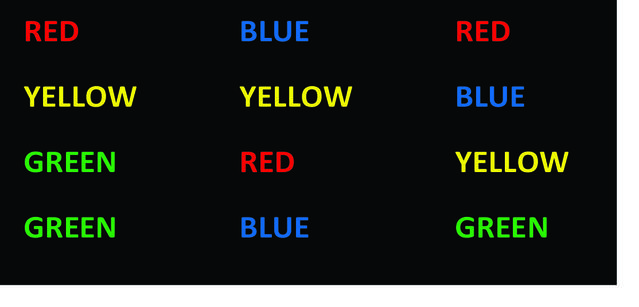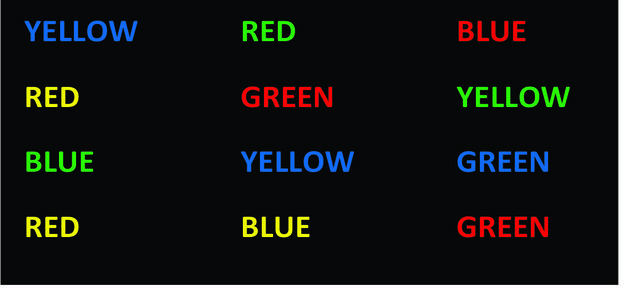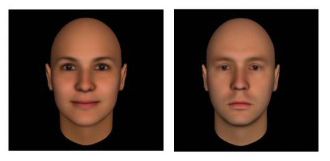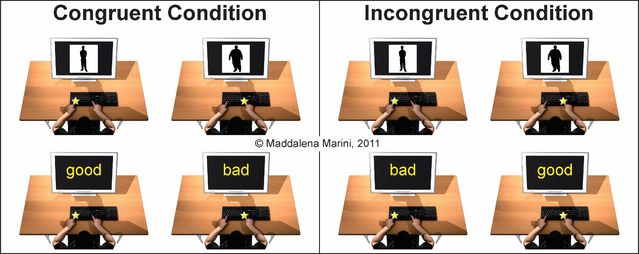Unconscious
The Automatic Mind
How the contents of the unconscious mind guide behavior.
Posted December 19, 2018
As human beings, we like to believe that our behavior is primarily guided by our conscious thoughts and feelings. Decades of research on mental functions have instead compellingly shown that this is not the case: many of our decisions and actions are generated with little consciousness and awareness.
For example, you may have experienced having a conversation with a friend in a noisy place when suddenly your attention, without deliberate effort, was captured by other information, such as someone pronouncing your name in the room or by important news on the TV.
This is only one of the several examples showing that, at any given moment, our mind processes information without our intentional and conscious effort—and that this information influences our behavior.
Why does this happen?
The human mind is characterized by two systems that process information from the environment: the controlled and automatic systems. The controlled system can be defined as a “reflective” structure, in which the processing of information is under the intentional and conscious control of the individual. The automatic system, instead, can be described as a “reflex” of the mind in which the processing of the information occurs outside of our awareness and consciousness.
The automatic system is extremely important to smoothly interact with the environment as it allows us to efficiently execute our actions without spending time planning every single step. When we stand up from our chair in the office to grab a book on the shelf, we know automatically what to do to achieve a fully standing position. We do not think “How should I move my body?” or “Where should I put my feet?” We automatically know the situation and the proper process to reach our goal based on our past experience.
However, sometimes our automatic actions can interfere with our ability to behave in a desired or appropriate fashion. Indeed, there are cases in which we might wish our automatic behaviors to be different and more in line with our conscious and controlled intentions.
Cognitive automaticity

Did you read the message in the text box above?
The answer almost certainly is yes! For you, like for all literate people, reading is an automatic process that occurs without any voluntary effort. Of course, this is true only for single words or short sentences, but it shows how we do not have full control of what we read and how the automatic processes activated by our mind can be in conflict with our desired and intentional behavior.
Not convinced? Time yourself while you say the ink color of the following words. Do that as fast as you can.

Now, time yourself while you state the ink color of this other set of words. Go as fast as you can.

In which one of the two tasks you were slower?
Yes, you were slower in the second task than the first one. This test is called the Stroop task and it illustrates how the automaticity of the reading can interfere with our performance. We are indeed slower when the words and ink denote a different color (e.g., “Red” written in green characters) than when they denote the same color (e.g., “Red” written in red characters).
Automaticity in social evaluations
The automaticity in reading is not the only process representing how our mind is able to elaborate information without any intentional and conscious resources and how it influences our behavior. The interference between automatic and desired behavior can involve different mental abilities, including vision, attention, learning and memory, reasoning and problem-solving, judgment and decision making, and even social stereotyping and attitudes.
Our “automatic mind” indeed can determine not only the way we pay attention and process environmental inputs and the world around us, but also how we perceive and interact with other people.
For example, research showed that we automatically process others’ physical features and on basis of this information we form our impressions and judgments about them.
Look at the pictures below. Which person is more competent in your opinion?

Studies demonstrated that particular face characteristics (e.g., eyes close together) or configurations (e.g., corners of the mouth curled down and eyebrows pointing to form a V) can make us believe the person to be less competent and less trustworthy. For instance, the face on the left in the image above is typically judged as more competent than the face on the right.
Automaticity in social evaluations is not restricted to decisions based on physical appearance. It involves any social and psychological aspect of an individual, such as race, gender, age, religion, sexuality, disability, and personality.
In our everyday interactions with others, we automatically activate stereotypical associations related to their social and psychological categories and we often behave according to them. For example, in one study, it was shown that people are more likely to associate Black people with guns and White people with cameras than the reverse. In this experiment, participants were presented with pictures of Black or White men holding a gun or a camera and instructed to press, as fast as possible, a button labeled “shot” whenever the man on the screen was holding a gun. Results showed that participants wrongly “shot” more often a Black man than a White man. That is, the biased association “Black + guns” caused them to mistake a camera for a gun when it was held by a Black man and a gun for a camera when it was held by a White man.
As in the example of the conversation in the noisy place, in which we are unaware of the information that our cognitive system is processing (e.g., conversations of other people) and its effect on our attention, in the same way we can be unaware of the existence of these stereotypical associations and their ability to drive our behavior and influence how we interact with members of particular social groups.
But how can we know if we have stereotypical associations in our own minds if they are outside of our awareness?
In 1998, a group of scientists from the University of Washington introduced in the scientific community the Implicit Association Test (IAT). The IAT assesses the strength between mental associations that are stored in memory by measuring how quickly a person can categorize and associate specific stimuli. For example, in a typical IAT measuring the preference for average-weight or obese individuals, people are asked to classify words and images representing the four categories – thin, fat, good, and bad – by pressing one of two keys in two different conditions. In one condition (the “congruent” condition, shown left), people categorize stimuli representing the categories thin and good with one response key, while categorizing stimuli belonging to the categories fat and bad using another response key. In the other condition (the “incongruent” condition, right), people categorize the same stimuli but with a different key configuration: this time one response key is used to categorize stimuli representing the categories fat and good, while the other response key is used to categorize stimuli belonging to the categories thin and bad.

The difference in average categorization latency between the two conditions is an indicator of association strength between the weight categories (thin and fat) and evaluative attributes (good and bad). For example, faster categorization when stimuli representing the categories thin share the same response key with good and fat with bad compared to the reverse indicated an automatic preference for average-weight people than obese individuals.
The introduction of the IAT brought a revolution in the field of psychology and significant changes in methods used to evaluate mental states. The IAT indeed allowed scientists not only to show that our mind contains a large set of mental associations toward members of particular social groups of which we have no conscious knowledge, but also it enabled the research of overcoming the methodological limitations associated with the social desirability. For example, it showed that while White people on average explicitly express racial egalitarian ideals, most of them hold implicit preferences for White people over Black people. Before the IAT indeed, social preferences were mainly measured by using explicit self-reports (e.g., Do you prefer White people or Black people?), which reflect conscious and controllable evaluations. These instruments were thus more likely to be influenced by social desirability processes that could prevent people from accurately reporting preferences toward a group if this could be viewed negatively by others.
References
Olivola, C.Y., Funk, F., & Todorov, A. (2018). Social attributions from faces bias human choices, Trends in Cognitive Sciences, 18 (11): 566-570.
Correll, J., Park, B., Judd, C.M., & Wittenbrink, B. (2002). The police officer’s dilemma: using ethnicity to disambiguate potentially threatening individuals, Journal of Personality and Social Psychology, 83 (6): 1314-1329.
Greenwald, A.G., McGhee, D.E., & Schwartz, J.L. (1998). Measuring individual differences in implicit cognition: the implicit association test, Journal of Personality and Social Psychology, 74 (6): 1464-1480.




